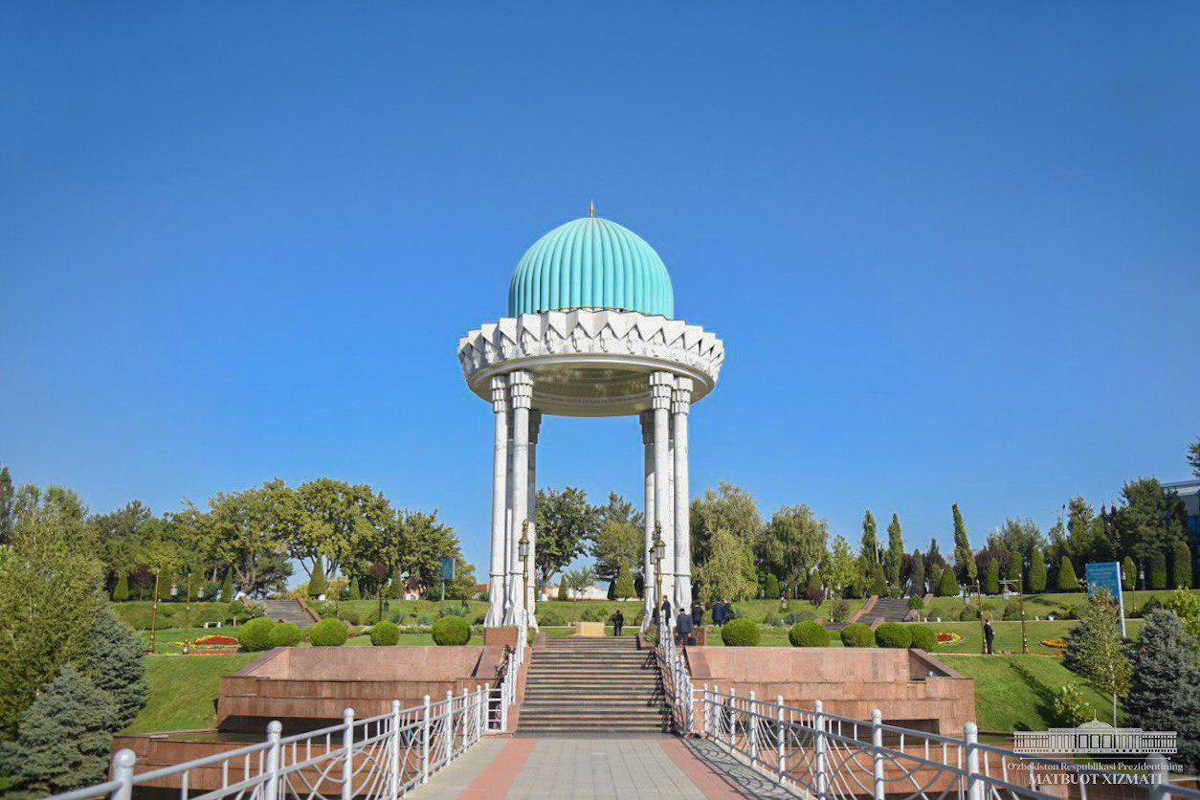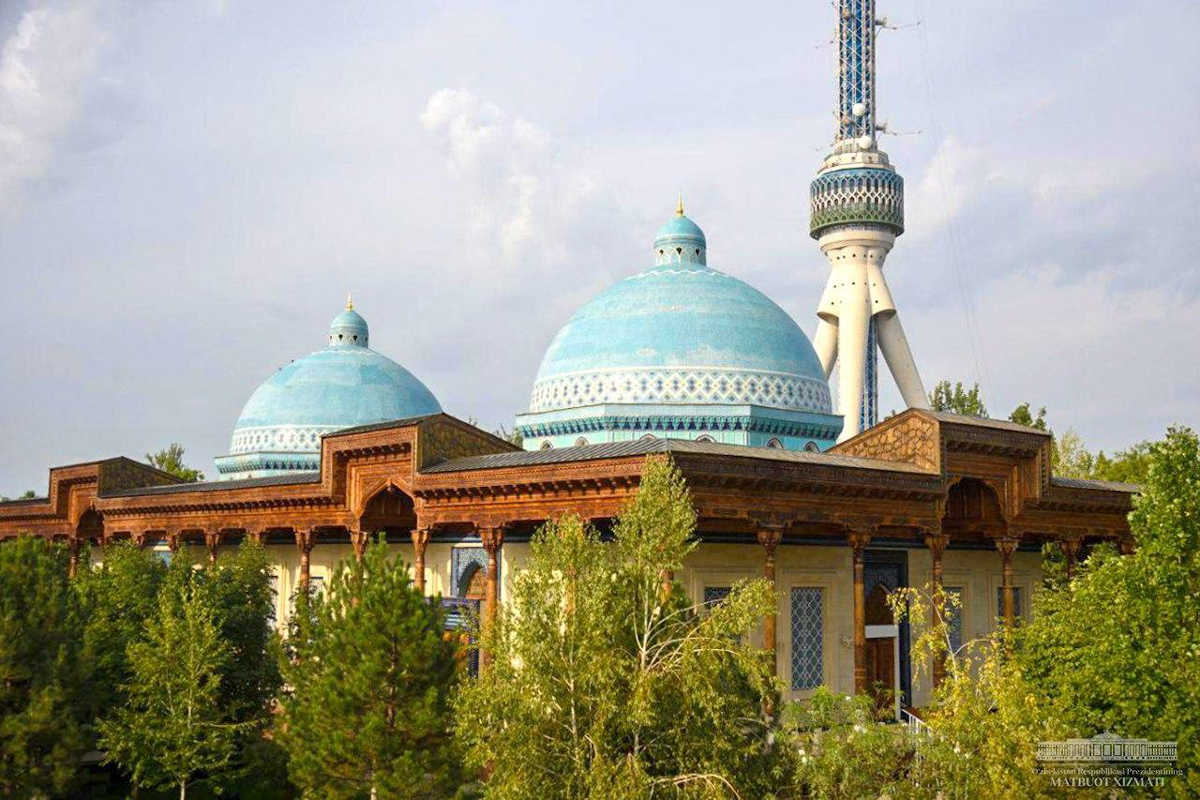Tashkent - Memorial Shahidlar Khotirasi
The Memorial Shahidlar Khotirasi was opened in Tashkent in May 2002. It is dedicated to the inhabitants of Uzbekistan who were oppressed in the 1920-1940s of the XX century. At that time more than 100 thousand people were under repression, more than 13 thousand were shot. Among them were great writers and poets such as Abdullah Qodiriy, Fitrat, Chulpon and others. Many well-known politicians and scientists were also executed. The building was constructed in the very part of the city where mass executions of convicts took place.

To ensure that the blessed memory of these people is not forgotten, the memorial complex was built, which has now become one of the most popular and well-known landmarks in the capital. A presidential decree declared 31 August as the Day of Remembrance for the Victims of Repression.
The Memorial Shahidlar Khotirasi in Tashkent covers an area of 17 hectares and includes a park, a rotunda and the museum “In Memory of the Victims of Repression”. The latter was built in a classical style for the East, with amazingly beautiful wood carvings adorning the walls and crowned by a dome in celestial colours. The museum has unique photographs and documentation containing information about the terrible times of bloody terror, about the struggle of the Uzbek people for independence and about the Gulag camps. During the latest reconstruction to expand the expositions, a hall was added to present the achievements of Uzbekistan in the years of independence. The museum is equipped with modern multimedia equipment that allows music, documentary videos and other valuable materials to be broadcast on a large screen. The staff of the institution carry out scientific and educational activities: They study archival documents, collect historical facts and create material for artistic publications.
The rotunda in honour of the victims of the repressions is a huge turquoise dome supported by eight marble columns. There are two of them on each of the four sides. The height of the structure is 27 metres.
Granite stairs lead into the rotunda from different sides. When visitors climb them, they reach the side covered with shiny slabs. In the central part of the rotunda is a symbolic jade with an engraved inscription in Arabic, Uzbek and English that translates as: “The memory of the deceased who fought for their fatherland lives on forever.” If you lift your head, you can see the beautiful dark blue ceiling of the dome painted with Uzbek patterns. Its outer part has a relief-like, sharp-edged border that once again emphasises the national style of the building.

The area around the rotunda is designed as a composition of walkways and flowerbeds. They are all in the form of rings and half-rings with a rotunda in the middle. The flowers in the beds are planted in interesting multi-coloured patterns.
The beautiful park area symbolises the strength of spirit and perseverance in the beliefs of those who were victims of Stalin’s repressions. The park is laid out on the bank of the narrow Bozsu Canal. It can be crossed via a picturesque bridge that starts near the rotunda. There are also tiered fountains that create a cool environment. Ornamental spruces, thuas, pines and birches are planted on the grounds. All the low shrubs and trees are regularly pruned.
